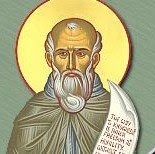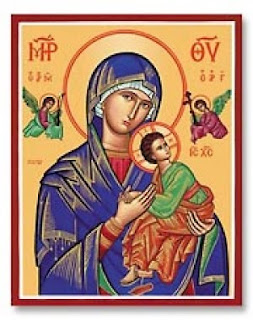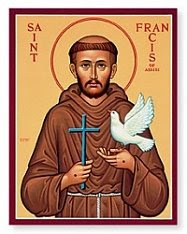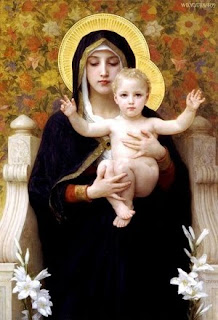Our Lady of Guadalupe

Our Lady of Guadalupe is a celebrated 16th-century icon of the Virgin Mary mother of Jesus Christ. The image, also known as the Virgin of Guadalupe represents a famous Marian apparition. According to the traditional account, the image appeared miraculously on the front of a simple peasant's cloak. The image still exists; it is on display in the Basilica of Guadalupe in Mexico City. It is perhaps Mexico’s most popular religious and cultural image, and the focus of an extensive pilgrimage. The feast day of Our Lady of Guadalupe is December 12. She is said to have appeared to Saint Juan Diego on the hill of Tepeyac near Mexico City between December 9 and December 12, 1531.








